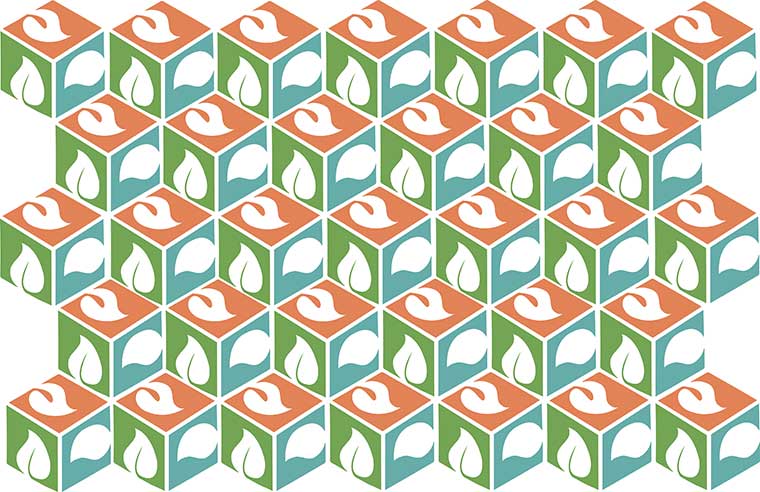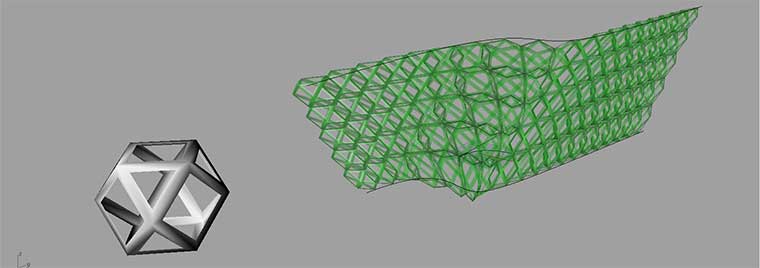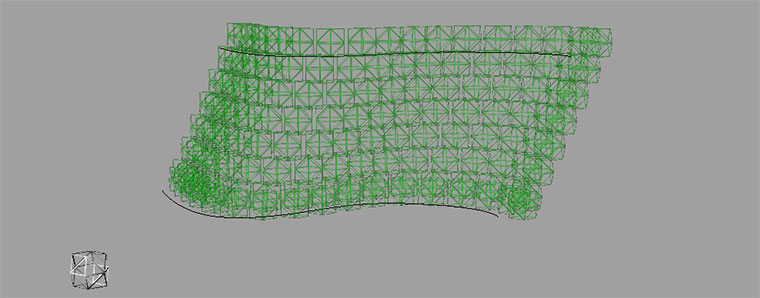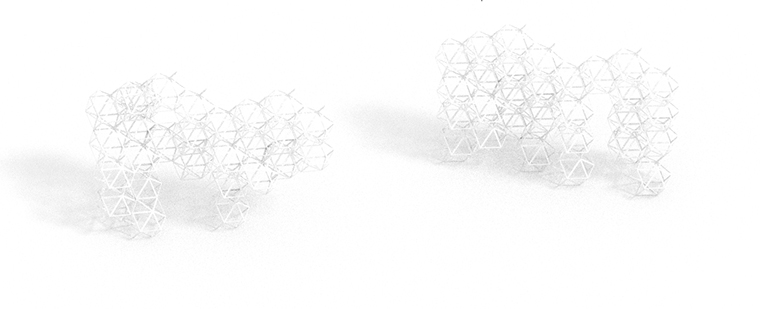
Basic Module
Starting to investigate the basics module's requirements, the first question appearing was: How big is it ? Is it as a Cup of tè or as a Greenhouse? Is it a single plant Pot or a Space to stay in? If the goal is a system customizable for a rooftop as well as a urban landscape the answer has to be ''Both of them!''. But even choosing to develope it with a parametric design software, grasshopper for Rhino, we need a minimum and a maximum value to start from. As I have written last week, in the first main project proposal, every module that composed the all project will be developed along 3 parallel design lines and each one of those as his own limits.

The 3rd, the community design, that looks the less physical one, define the accessibility of the technologies that we are going to developed. That means the open source principles of customizability ad parametrizability and at the mine time the possibility to produce it not having access at bigger machines or specific material. That require a flexible design composed by a small number of repeated simple elements. Those have to be changeable with local ad cheaper material witch dimensions are defined by the milling machine size or material optimization. So at the end from a “dimensional“ point of views community means material.
__The 2nd development path, link the module's dimensions at the capability of sensors. The possibility and opportunity to integrate sensors in each module, in parallel connection, or in a medium environment, will define, during the next weeks, the limit of each specific module for water, energy and food production.
__The 1st , that we are starting approaching this week , has to contain all the others. Inside the minimum size of an arduino-board,and the maximum size of a milled support or a wooden stick, the geometrical design have to respond to humane usage and landscape integration. Considering that the weight limits are already satisfy by the non continuous hydroponic systems, a roof top gardening solution has the hight limit that allow a medium tall man to pick the fruits, approximatively 2 meters, or to leave row grow, 50 centimetres. For landscape design limits are most related with ground containment and solar radiation and the harder goal is to reach to preserved the human scale.
If the first two path are defining dimensions growing in a range that goes between millimetre an a couple of meter, the land scape design range move from decimetres to potentially infinite. For that reason I choose to investigate a parametric basic module being part of a fractal geometry. To preserve all the scales in each part of the complete system in order toresearch a natural way to develop.
Design steps

Parametrically designed module
I started the geometrical design investigating convex uniform honeycomb. Looking for a polygons able alone to fill the space, with lower number of edge as possible, having non perpendicular faces to permit a stars-profile geometry. The polygon must to have a flat bottom part to be able to stand alone and, as said, regular edge to optimize material in case of big production.

Cube is the only platonic polygon having the property to fill the space. The first step had been to draw non regular polygons, starting from the ones provided by Grasshopper's plug in as Lunch-Box and Wb. For each I was testing the quality of the space produced with a 3d-array pattern changing and deforming them acting on the sliders defining their basic properties .

Pannelling

In second step I start to investigate the Panelling tool's plug-in options, always starting from modules able to fill the space, in order to research an elastic geometry, adaptable at different environment.

I found that 3d panelling function being invariant to the basic panel's geometry was loosing all his properties of start-growing and modular geometry. Then I tried to use the grid produced on the surface with the panelling 3d function as base for a set of vector defining the array positions.

Spatial Tessellation
Until I choose that the space produced assembling modules has to be a property of the basic module. So a choose to work with one specific and fixed module having form of Rhombic Dodecahedron and leave that the several way to assembly it in different directions creating infinitives possibles landscapes.
